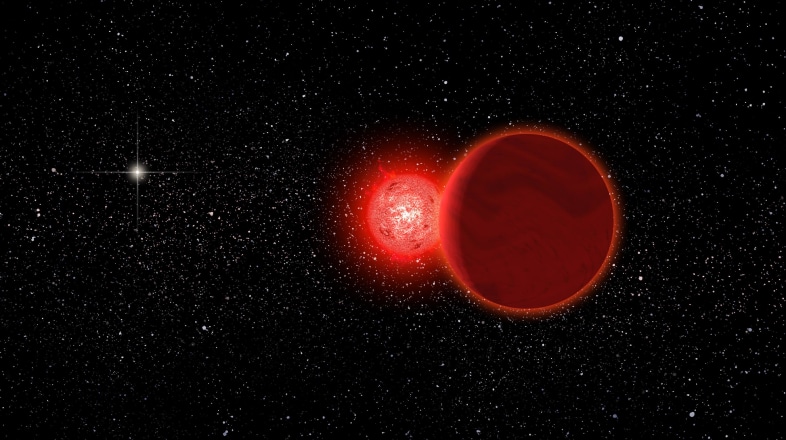
It's been called Nibiru, Nemesis, Planet X, and Heroclubus, all associated with this idea that a large celestial body passes by our solar system periodically to mark the end of the previous age, and the beginning of a new one. Mainstream science generally rejects this idea, but it was recently discovered that a red dwarf star really did pass close by 70,000 years ago.
Astronomers say a red dwarf star and its brown dwarf companion passed within a light-year of our own sun 70,000 years ago, moving through the comets in the outer reaches of the Oort Cloud that surrounds our solar system.
The star is known as WISE J072003.20-084651.2, or Scholz's star. Today, it's 20 light-years away from us in the constellation Monoceros. But in a study published by Astrophysical Journal Letters, researchers say it passed right by us at a distance of 5 trillion miles (8 trillion kilometers, or 52,000 astronomical units, or 0.8 light-years). No other star has been known to come that close.
Scholz's star would typically be too faint to be seen with the naked eye from Earth, even during the close encounter. But the research team, led by the University of Rochester's Eric Mamajek, says there's a chance that our ancestors in Africa might have seen a magnetically induced flare-up.

